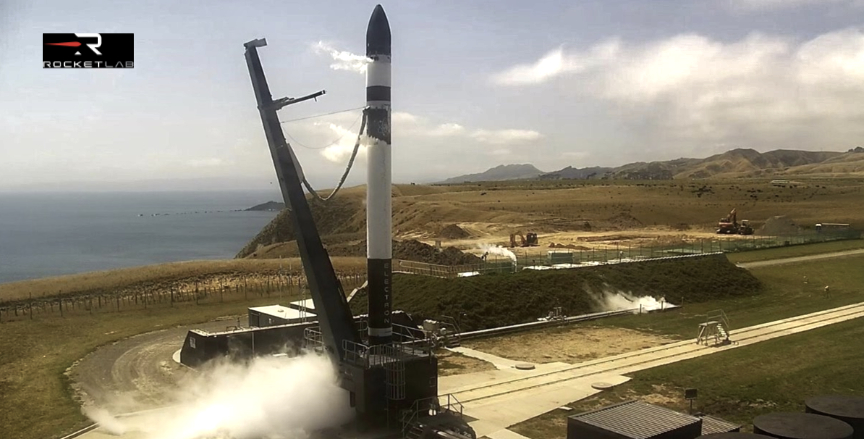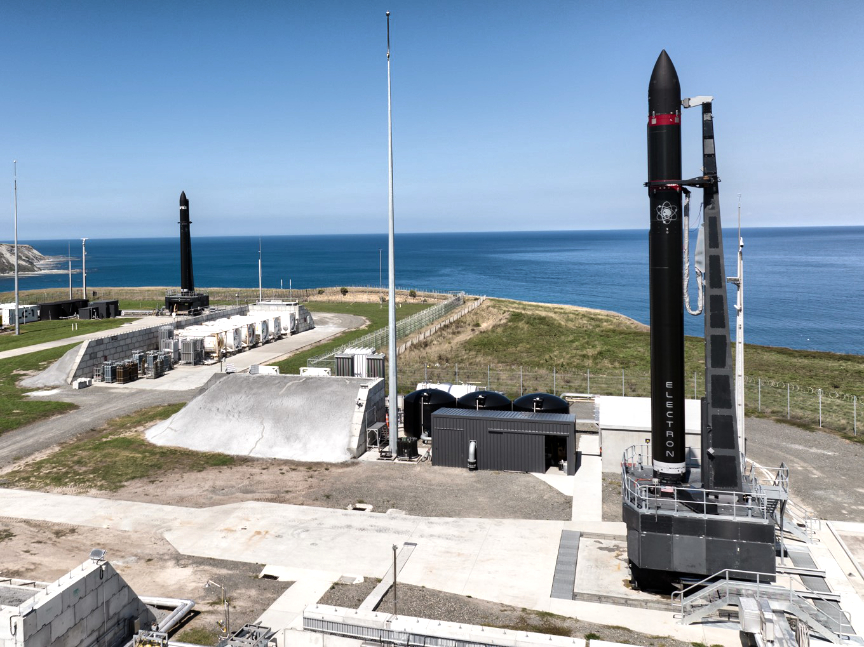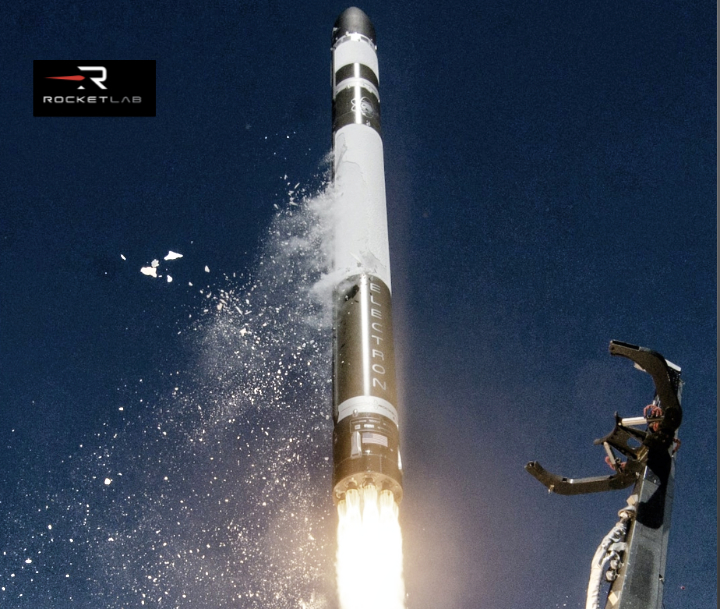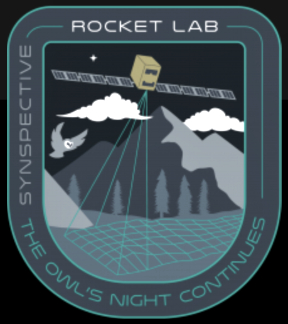
Rocket Lab USA, Inc (Nasdaq: RKLB) has completed their second orbital launch pad at Launch Complex 1 in New Zealand – the Company’s third dedicated pad for its Electron rocket – and confirmed the new pad’s first mission will be a dedicated commercial launch scheduled to lift-off within a week’s time.

Pad B is based within Rocket Lab Launch Complex 1, the world’s first private orbital launch site, located in Mahia, New Zealand. The new pad is Rocket Lab’s third for the Company’s Electron launch vehicle and joins the existing Pad A at Launch Complex 1 and a third launch pad at Rocket Lab Launch Complex 2 in Virginia, USA. With two operational pads within the same launch complex, Rocket Lab doubles the launch capacity of its Electron launch vehicle.

Launch Complex 1 Pad B will support the upcoming launch of a dedicated Electron mission for Japanese Earth-imaging company Synspective. Lift-off is currently scheduled for no earlier than February 28 UTC / March 1 NZT. Full detail about the mission can be found here: www.rocketlabusa.com/missions/next-mission/

With two launch pads and private range assets at Launch Complex 1, concurrent launch campaigns are now possible from the site. This enables resilient access to space by accommodating tailored customer requirements or late changes to a spacecraft while keeping Rocket Lab’s manifest on schedule. Operating two pads also eliminates pad recycle time, ensuring a launch pad is always available for a rapid-response mission. Launching from a private launch complex, Rocket Lab is also able to avoid the lofty range fees and overheads typically associated with shared launch sites, resulting in a cost-effective launch service for satellite operators.
Rocket Lab founder and CEO, Peter Beck, said, “A reliable launch vehicle is only one part of the puzzle to unlocking space access – operating multiple launch sites so we can launch when and where our customers need to is another crucial factor. We are proud to be delivering responsive space access for our customers, making back-to-back missions possible within hours or days, not weeks or months. Even with just one pad at Launch Complex 1, Electron quickly became the second most-frequently launched U.S. rocket every year. Now, with two pads at Launch Complex 1 and a third in Virginia, imagine what three pads across two continents can do for schedule control, flexibility, and rapid response for satellite operators globally.”
More than 50 local construction workers and contractors were involved in the development of Launch Complex 1 Pad B, which includes a 66-ton launch platform and 7.6-ton strongback customized to the Electron launch vehicle. With Pad B operational, several roles are available now at Launch Complex 1 to support Rocket Lab’s increased launch cadence.
Rocket Lab’s Vice President – Launch, Shaun D’Mello, said, “With Pad B we’ve kept things efficient. Its systems and layout replicates Pad A and shares much of Pad A’s infrastructure including the Electron vehicle integration hangar, runway to the pad, and our own range control facility. With that we’ve been able to double our operational capacity – all on a concrete area smaller than the average tennis court. I’m hugely proud of what the team has achieved: building and bringing a second pad online, all while continuing to service and operate Pad A for our Electron launches to date, and in the middle of a global pandemic no less.”
About Launch Complex 1
Located on the Mahia Peninsula in New Zealand, Launch Complex 1 is the world’s first and only private orbital launch site. As the launch site for Rocket Lab’s Electron rocket, Launch Complex 1 has supported the successful delivery of more than 100 satellites to space across a range of missions for environmental and marine monitoring, Earth observation, science and research, internet connectivity, technology research and development, and national security. An FAA-licensed spaceport, Launch Complex 1 is capable of supporting up to 120 launch opportunities every year. From the site it is possible to reach orbital inclinations from sun-synchronous through to 30 degrees, enabling a wide spectrum of inclinations to service the majority of the satellite industry’s missions to low Earth orbit. Located within Launch Complex 1 are Rocket Lab’s private range control facilities, three satellite cleanrooms, a launch vehicle assembly hangar which can process multiple Electrons for launch at once, and administrative offices. Operating a private orbital launch site alongside its own range and mission control centers allows Rocket Lab to reduce the overhead costs per mission, resulting in a cost-effective launch service for satellite operators.

‘The Owl’s Night Continues’ is the first of three dedicated Electron missions for Synspective, with two scheduled to launch in 2022 and a third in 2023. Each mission will deploy a single StriX satellite, growing Synspective’s synthetic aperture radar (SAR) constellation developed to deliver imagery that can detect millimeter-level changes to the Earth’s surface from space, independent of weather conditions on Earth and at any time of the day or night.
‘The Owl’s Night Continues’ mission follows on from Rocket Lab’s first launch for Synspective in December 2020. That mission, named ‘The Owl’s Night Begins’, witnessed Rocket Lab’s Electron launch vehicle deploy the StriX-α satellite – the first spacecraft in Synspective’s planned constellation of more than 30 SAR satellites designed to collate data of metropolitan centers on a daily basis to support urban development planning, construction and infrastructure monitoring, and disaster response.
Rocket Lab will not be attempting to recover Electron for this mission.
